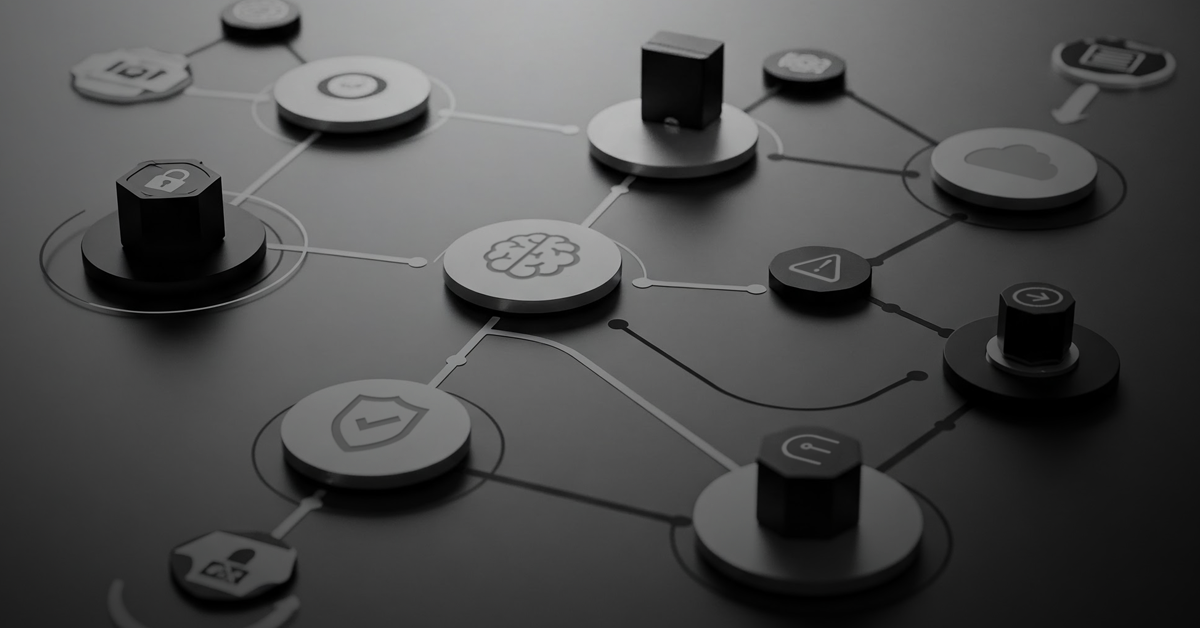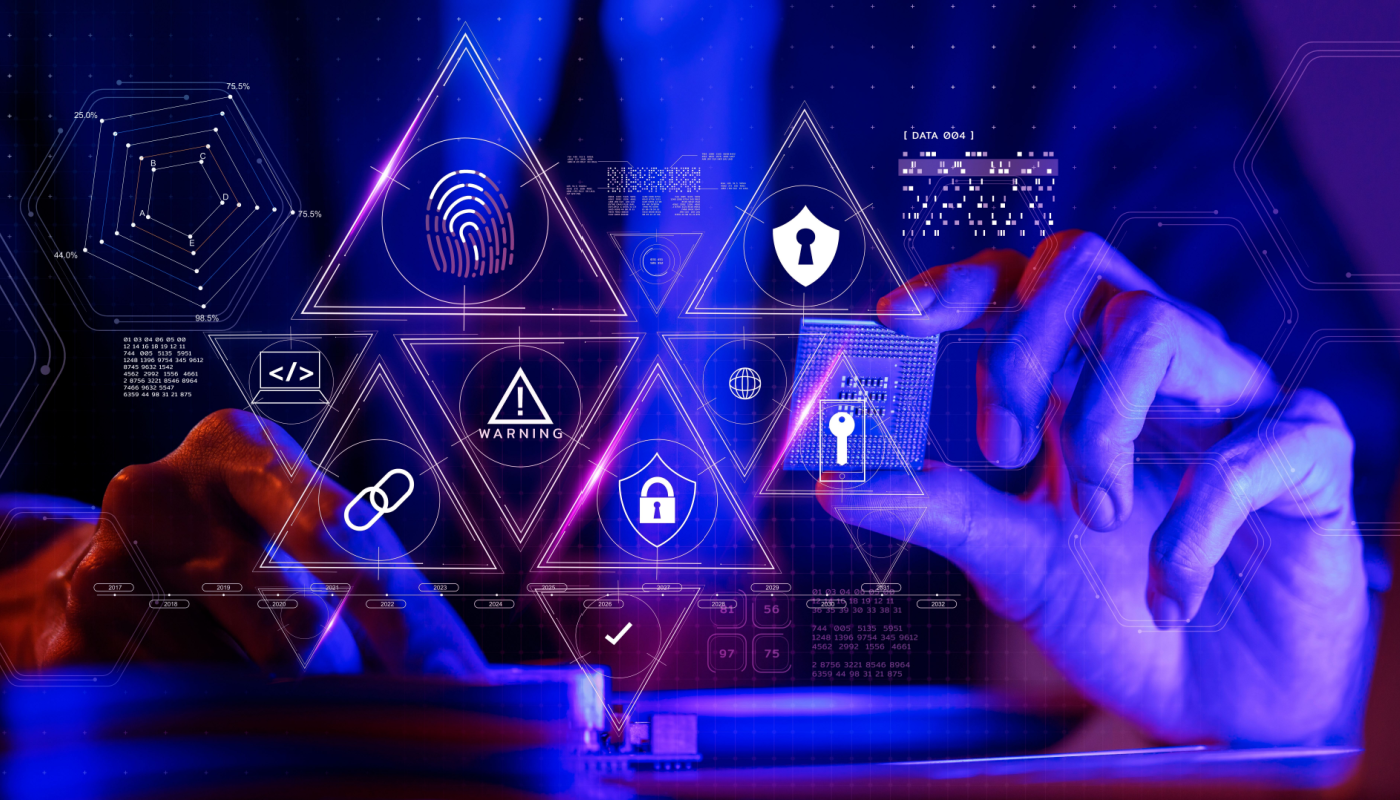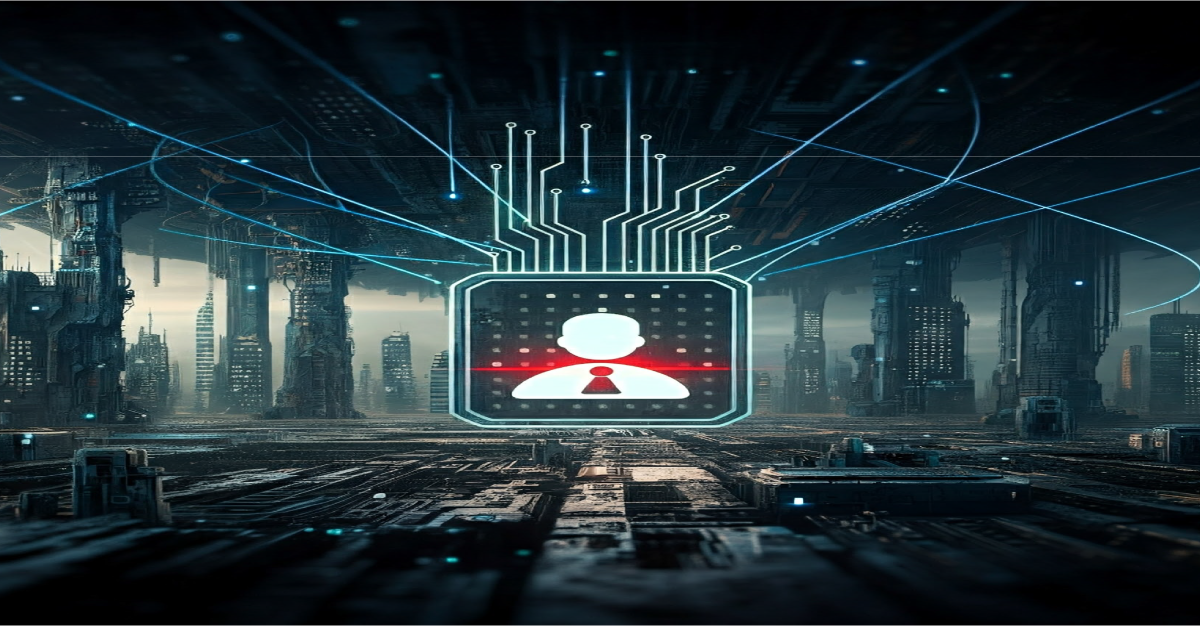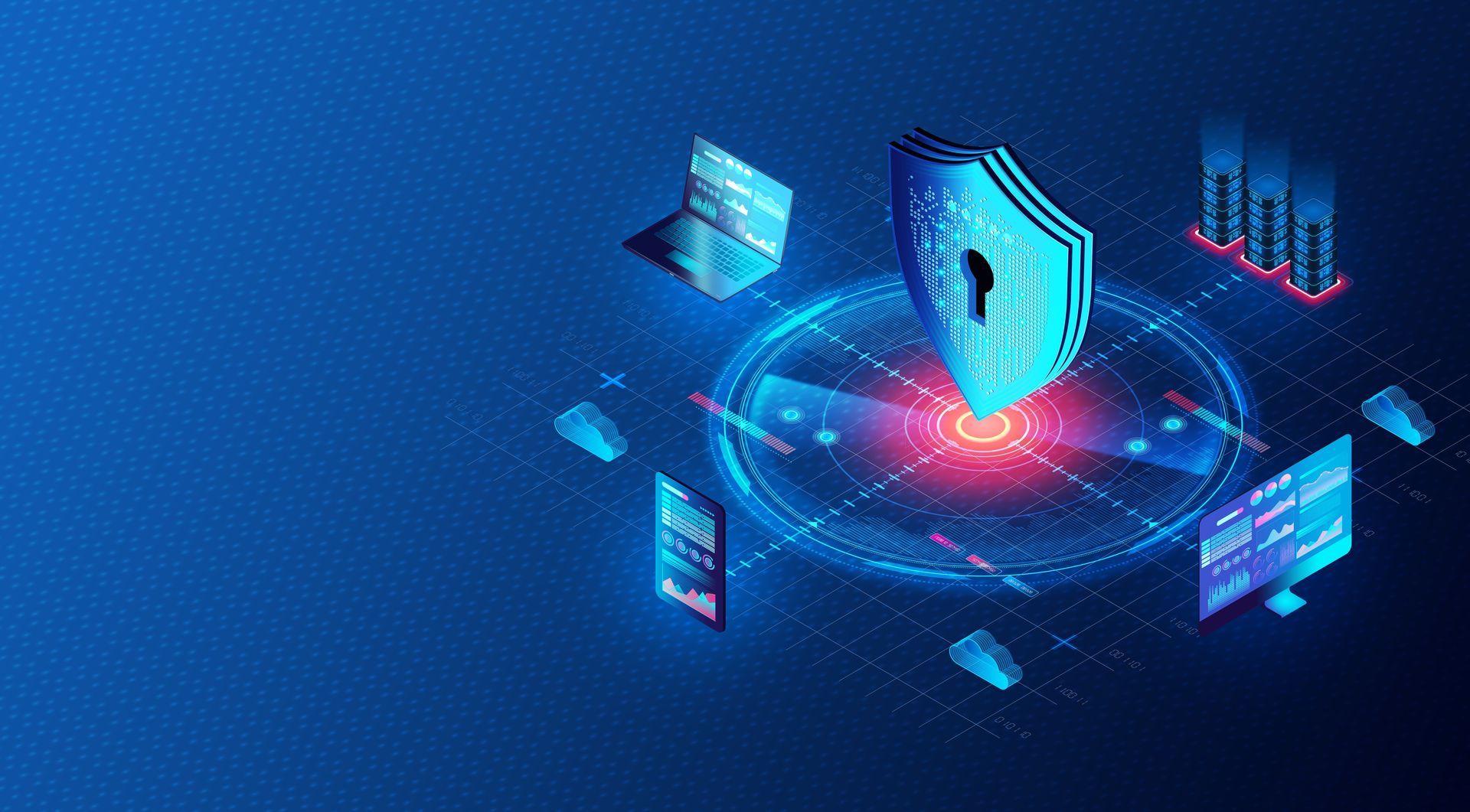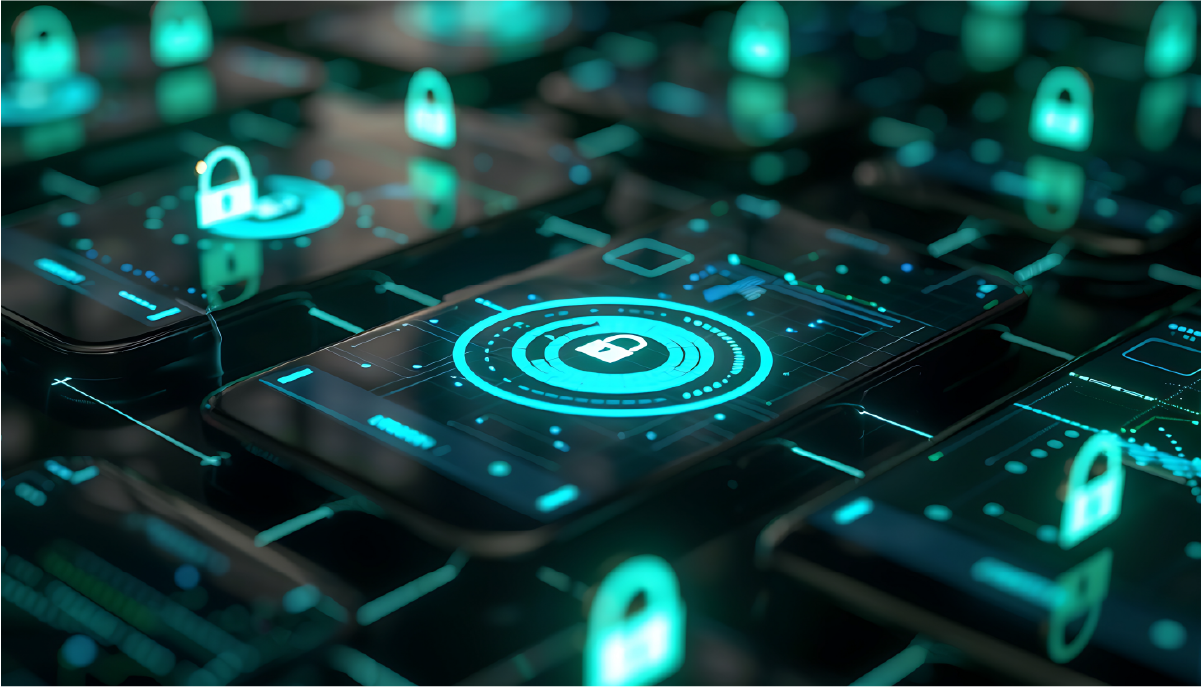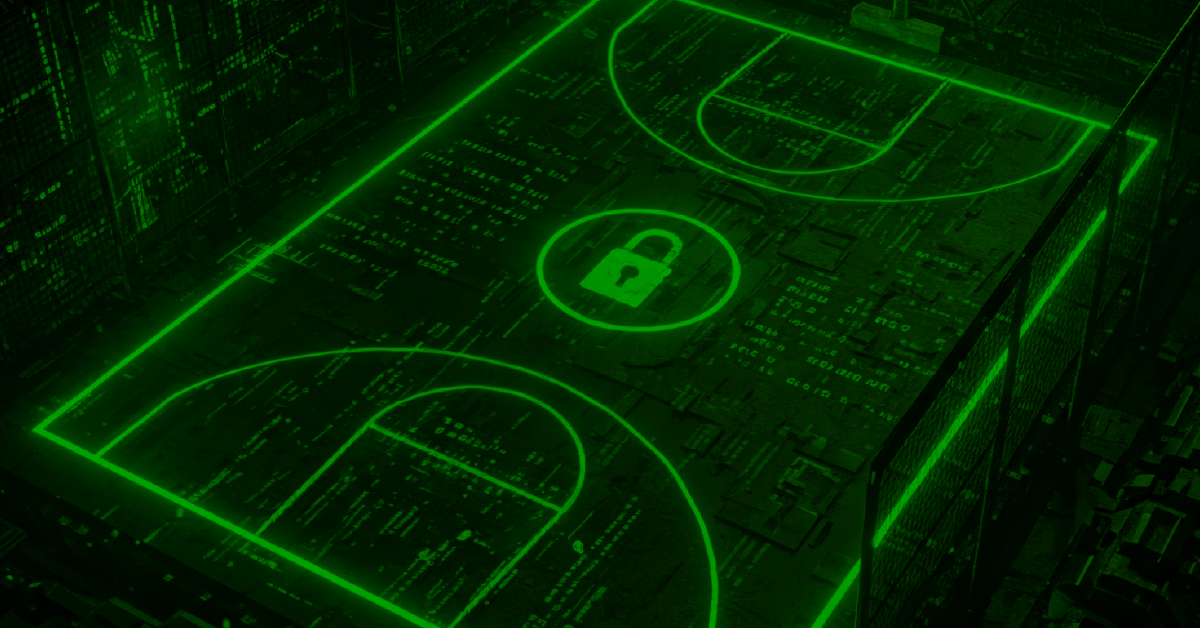July 15, 2025
Beyond MFA: Protecting Education with Zero Trust Identity®
The bell rings, and students flood the hallways, accessing learning platforms, and collaborating online. In today’s interconnected educational landscape, these constant digital interactions make schools increasingly vulnerable to sophisticated cyber threats.
The alarming reality is that data breaches are no longer a rare occurrence in the education sector; they are a pervasive and growing threat. A recent report by the Center for Internet Security revealed a startling statistic: 82% of K-12 schools experienced a cyber incident between July 2023 and December 2024.
This highlights the widespread nature of the problem, with over 9,300 confirmed cyber incidents affecting an estimated 5,000 K-12 institutions during those 18 months. Schools are increasingly "prime targets for cybercriminals," not just for the data they hold, but also due to often lacking the dedicated information security teams and funding that corporations possess.
Traditional multi-factor authentication (MFA), once considered sufficient, now fails to prevent nearly half of all cyberattacks, including advanced phishing, Man-in-the-Middle (MITM), and push-based threats. While traditional MFA adds a layer of security, sophisticated attacks like phishing can trick users into revealing their credentials, and MITM attacks can intercept communications even with MFA in place. The fallout from these attacks extends far beyond just stolen data, leading to operational disruption, severe reputational damage, and significant financial repercussions.
For instance, the Broward County Public Schools (BCPS) breach resulted in lost school days and took roughly a year to fully restore networks, costing over $9.6 million to recover. Schools manage a vast amount of sensitive information—from student records and financial details to staff data and intellectual property—making them attractive targets for cybercriminals seeking data for identity theft, fraud, or other malicious purposes.
At SOFTwarfare, we recognize the critical need to protect educational environments across the nation. Our Zero Trust Identity® platform is specifically designed to deliver continuous, risk-based, and policy-driven MFA. Operating on the principle of 'never trust, always verify,' it ensures that every user, device, and application is authenticated and authorized before granting access, regardless of their location. This robust security is adaptable to the diverse needs of K-12 and higher education institutions nationwide.
How Zero Trust Identity® Empowers Schools:
- Adaptive, Passwordless MFA for Everyone: Our platform provides intuitive, passwordless authentication through biometrics, hardware tokens, or user-friendly on-screen options. It dynamically adjusts security based on real-time context, effectively protecting users—from young students to administrators—without requiring personal devices.
- Simplified, Seamless Security: Zero Trust Identity® ensures enhanced security doesn’t mean increased friction. With continuous verification embedded throughout each session, schools gain unparalleled identity security without compromising user experience.
- Robust Integration with Core Systems: Our PangaeAPI™ Identity Integration Platform-as-a-Service (IPaaS) isn't just a technical marvel; it's the engine that securely connects our platform to your essential education systems like Skyward, Clever, Google Workspace, and Microsoft Suite. This seamless integration provides vital protection against supply-chain attacks and significantly reduces the burden on your IT team.
- Universal Device Compatibility: Whether schools utilize iOS, Chrome OS, or Windows 11 devices, our solution provides consistent, comprehensive security across all operating systems.
- Automated Identity Threat Response (iDXDR™): Our intelligent system instantly identifies, isolates, and neutralizes identity-related threats, significantly enhancing overall cybersecurity and often reducing response times.
Recent Posts
